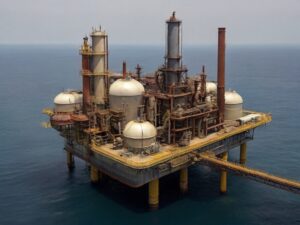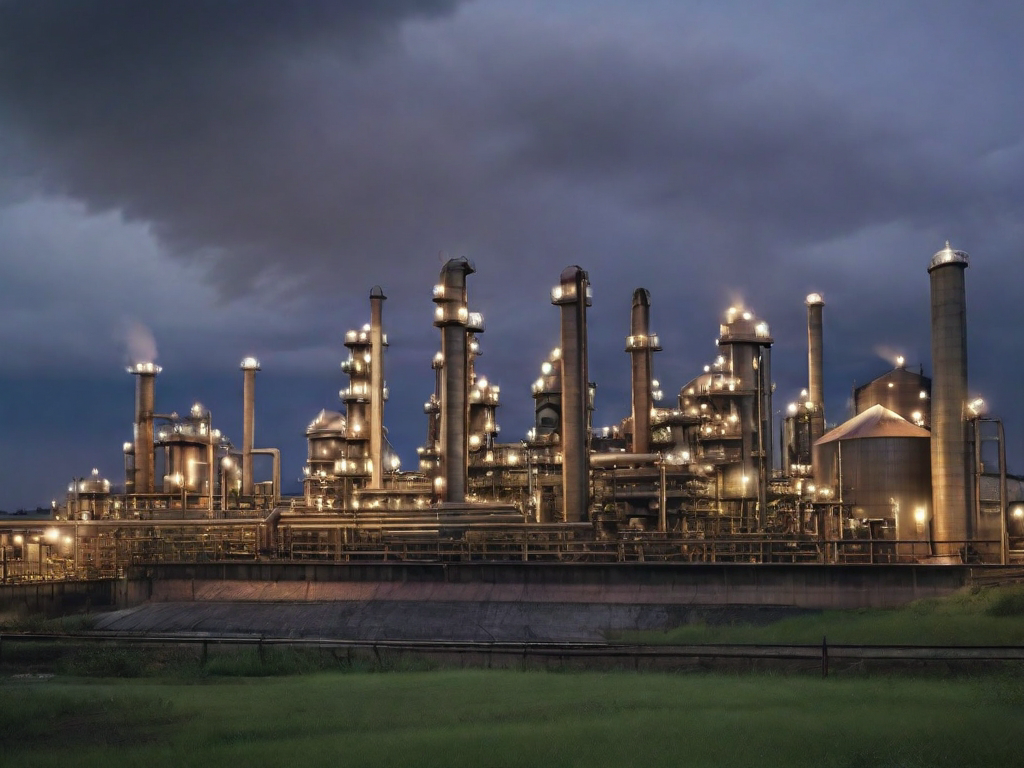Understanding the economic implications of Class 1 Divisions on business operations is crucial for any organization operating in hazardous environments. This article, brought to you by the Intrinsically Safe Store, will delve into the economic impact of these safety classifications and how they affect business operations. We invite you to visit our website to learn more about our range of intrinsically safe products designed for hazardous environments.
Understanding Class 1 Divisions
Class 1 Divisions are safety classifications defined by the National Electrical Code (NEC) in the United States. They categorize environments where flammable gases, vapors, or liquids may be present in sufficient quantities to cause an explosion or fire. We further divide Class 1 into two divisions based on the likelihood of the hazardous material being present during normal operations.
Economic Impact on Compliance Costs
Compliance with Class 1 Division regulations can significantly impact a business’s bottom line. These costs can include:
- Equipment: Businesses must use intrinsically safe equipment certified for use in these hazardous environments.
- Training: Employees must be trained to operate in these environments safely.
- Inspections: Regular inspections and maintenance are required to ensure ongoing compliance.
Case Study: Oil and Gas Industry
A prime example of the economic impact of Class 1 Divisions is seen in the oil and gas industry. According to a study by the American Petroleum Institute, compliance with these regulations can cost an oil refinery up to $20 million annually. This includes costs for equipment, training, inspections, and potential downtime due to non-compliance.

Impact on Productivity
While compliance costs can be high, non-compliance can result in even higher costs. Downtime due to equipment failure or accidents can significantly impact productivity. For example, a single day of downtime in an oil refinery can cost millions of dollars in lost production.
Benefits of Compliance
Despite the costs, compliance with Class 1 Division regulations can have significant benefits:
- Safety: Compliance ensures the safety of employees, reducing the risk of accidents and potential liability.
- Productivity: Regular inspections and maintenance can prevent equipment failure, reducing downtime and increasing productivity.
- Reputation: Compliance demonstrates a commitment to safety, enhancing a company’s reputation with customers and stakeholders.
Understanding the Economic Impact of Class 1 Division Compliance
While the economic impact of Class 1 Division compliance can be significant, the benefits of ensuring safety, maintaining productivity, and enhancing reputation can outweigh the costs. Businesses operating in hazardous environments must understand these implications to make informed decisions. The Intrinsically Safe Store is here to help, offering a range of intrinsically safe products designed for these environments. Contact us today to learn more about how we can help your business navigate these challenges.


























